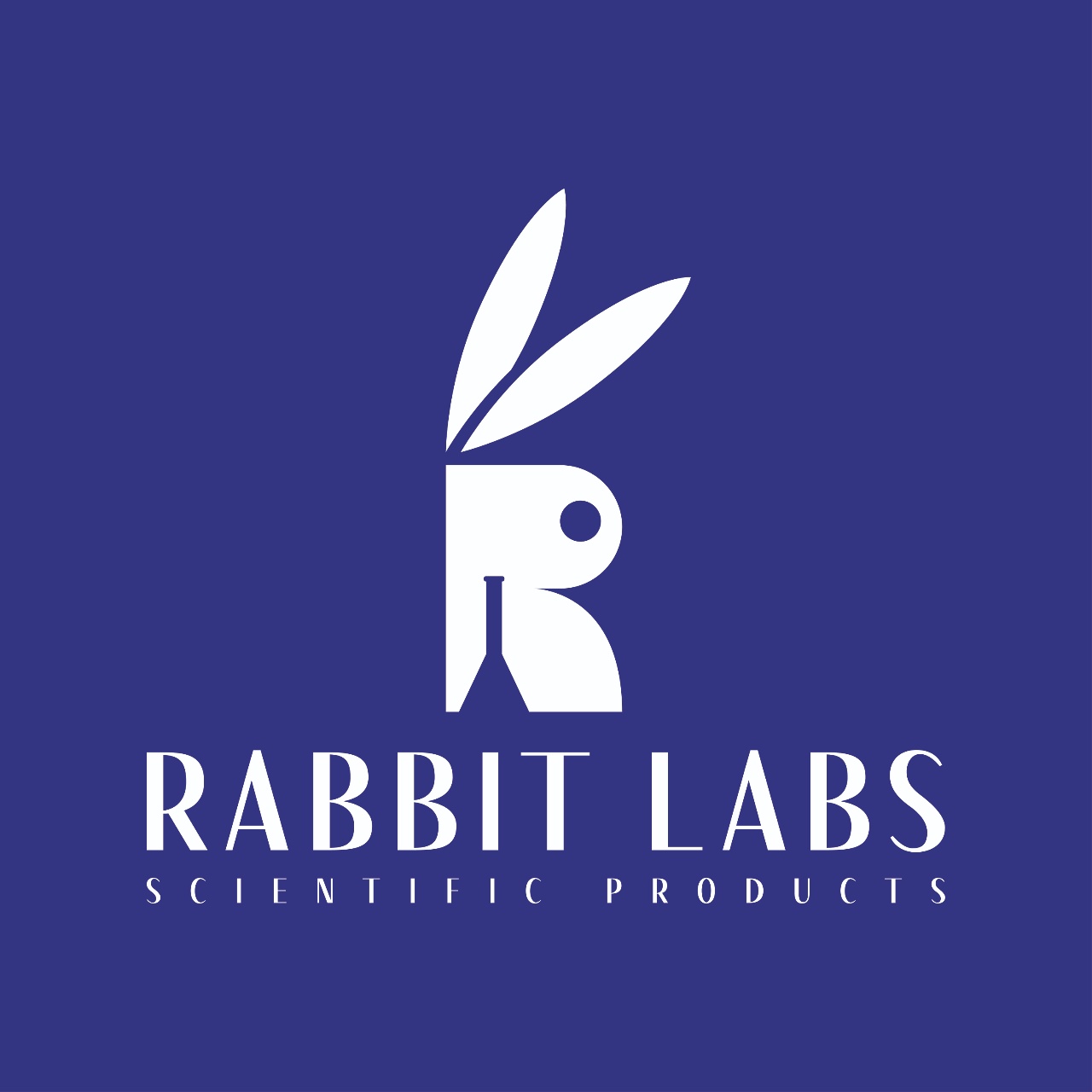[Technistro] Copper Oxide Nanoparticles

Copper Oxide Nanoparticles Details and Specifications
Copper Oxide Nanoparticles (Cuo Nanoparticles) are ultrafine particles of copper. It is one of the popular materials as it has antimicrobial and biocide properties. CuO Nanoparticles (Copper Oxide Nanopowder) are superfine particles of copper that have a size from 1 to 100 nm. Its research garners interest due to its characteristics of exploring the material’s potency, such as increased electrical conductivity and enhanced hardness, the increased strength of metals and alloys, toughness, and the luminous efficiency of semiconductors. The product is a monoclinic structure. The Copper Oxide Nanopowder is a brownish-black colour powder. Its exposure to hydrogen or carbon monoxide under high temperatures can cause modification in the metallic copper. Copper oxide is a semiconductor that has optical, electrical, and magnetic properties. The utilization of copper nanoparticles to colour glass and ceramics dates back to the 9th century. However, the process of synthesizing the material back then was different from what we use today.
There are several methods of synthesizing CuO Nanoparticles. Some of the popular ones are:
Electrochemical Method
The electrochemical method works when reactions occur between the electrode and the electrolyte. With this method, electro-deposition takes place on a small portion of the electrode. The electrochemical method works when reactions occur between the electrode and the electrolyte. With this method, electro-deposition takes place on a small portion of the electrode. It is beneficial as it helps control the morphology and size of the CuO NPs by altering the temperature, time, current density, composition, or voltage.
Sonochemical Method
The sonochemical process is a three steps process:
• Formation
• Development
• The breakdown of the microcavities received.
The technique includes the application of ultrasound while synthesizing the product.
PEG–Dependent Synthesis
This synthesis of the product takes place using the aqueous precipitation method. Sodium hydroxide acts as a stabilizing agent during the process, and copper acetate acts as a precursor.
Properties of Copper Oxide Nanoparticles
• Copper nanoparticles have unique characteristics such as catalytic and antifungal/antibacterial properties.
• When utilized as reagents in organic and organometallic synthesis, the product achieves a higher reaction yield with a shorter reaction time.
• It aids the condensation reaction of iodobenzene.
• It has a high surface-to-volume ratio.
• The product’s chemical composition has 79.87% Copper and 20.10% Oxygen.
• The Density of the product is 6.31 g/cm3.
• The Molar mass of the product is 79.55 g/mol.
• The Melting point of the product is 1201 °C.
• The boiling point of the product is 2000 °C.
Applications of Copper Oxide Nanoparticles
The Copper Oxide Nanoparticles act as a burning rate catalyst in rocket propellants. It helps to improve the homogeneous propellant burning rate. It is an effective catalyst for the chemical synthesis of methanol and glycol. It lowers the pressure index and performs best as a catalyst for the AP composite propellant.
Its applications are suitable for catalysts, superconducting materials, sensing materials, glass, thermoelectric materials, ceramics, etc. Moreover, the Copper Oxide Nanopowder is ideal for sintering additives, semiconductors, capacitor materials, ceramic resistors, gas sensors, magnetic storage, high-tech superconductors, medianear-infrared tilters, photoconductive solar energy transformation, and photo-thermal applications.
The daily life Copper diet supplements utilize CuO Nanopowder as efficient delivery characteristics. It acts as an anti-microbial, anti-biotic, and anti-fungal agent for plastics materials, coatings of metal and non-ferrous metal, conductive coating, and textiles. It increases the strength of metals and alloys and propagates EMI shielding; Heat sinks for thermally conductive materials.
One of the main applications of CuO nanoparticles is Conductive inks and pastes. It proves remarkable efficiency as a substitute for expensive noble metals in electronic displays, printed electronics, and conductive thin film applications. It is one of the highly beneficial Nano-metal lubricant additives.
How to Use Copper Oxide Nanoparticles?
• Take the CuO nanoparticles powder in an amount desirable for the experiment. It is soluble in water and organic oils.
• Researchers should remember that it is highly reactive to oxygen and avoid over-exposure of the product to oxygen to prevent over-oxidation.
• Researchers can use walnut oil or deionized water for dispersion. Immerse the nanoparticles in the solvent and the ablation for at durations of 5ns.
• Use a magnetic stirrer during the ablation process.
• Focus a laser beam on the target with a 300 mm focal length lens for an interval of 5, 10, 20, 30, and 50 minutes.
• Perform the dispersion at room temperature with a spot size of about 0.7 mm.
Safety Measures
Handling guide
Use PPE kits and glasses with side shields while handling the product. Use gloves to avoid skin contact. Remember to dispose of contaminated gloves after use. Handle the product following good industrial hygiene and safety practices. Follow hand hygiene such as washing hands before breaks and at the end of the workday to avoid exposure to the product. Use respirators by NIOSH (US) or CEN (EU) to ensure that the product is not inhaled. Do not let the product enter drains. Use a damp cloth to clean if the product spills on surfaces.
First-aid measures:
• If the researcher is exposed to the product, immediately move out of the dangerous area and consult a physician.
• If the researcher accidentally inhales the product, move them into the fresh air. If the researcher is not breathing, give artificial respiration and rush to the hospital.
• If the product enters the eyes, flush them with water.
• If the product is swallowed and the researcher is unconscious, never attempt mouth respiration. Use water to Rinse the researcher’s mouth with water and consult a physician immediately.
'Techinstro' 카테고리의 다른 글
| [Technistro] Iron Oxide Nanoparticles (0) | 2023.04.20 |
|---|---|
| [Technistro] Copper Foam (0) | 2023.04.03 |
| [Technistro] Titanium Dioxide Nanoparticles (0) | 2023.01.03 |
| [Technistro] Graphene Sheet (0) | 2022.12.01 |
| [Technistro] Copper Foam (0) | 2022.11.09 |




